So… What Exactly Is an End Mill?
If you're stepping into the world of CNC machining or manual milling, you're going to run into end mills—a lot. Think of them as the precision sculptors of the machining world. An end mill is a cutting tool, but not just any tool—it rotates at high speeds, slices through tough material like butter, and sculpts everything from intricate pockets to full 3D contours.
Most are made from carbide (for strength and speed) or high-speed steel (HSS) (for affordability and toughness). And when paired with the right tool holder—especially a shrink fit holder—you unlock serious performance benefits like tighter tolerances, smoother finishes, and longer tool life.
The Anatomy of an End Mill
End mills come in all shapes and sizes, but here's what they usually have in common:
- Cutting End (Tip): Could be flat (square), rounded (ball), or anything in-between.
- Flutes: These are the grooves that channel chips away during cutting.
- Shank: The long body that gets clamped into the holder—this is where shrink fit makes its mark (more on that soon).
They’re used in milling machines—you lock the end mill in, move the workpiece, and let the tool do the cutting.
End Mill Types (And What They’re Best At)
Here’s your starter kit for common end mill types:
| Type | What It Does |
|---|---|
| 🟥 Square End Mills | General-purpose cutting, flat bottoms, slots, pockets. |
| 🔵 Ball End Mills | Perfect for 3D curves and contouring. |
| ⚪ Corner Radius | Adds strength and smooth edges—great for parts that need fillets. |
| 🔶 Chamfer End Mills | Bevel edges, deburring, finishing touches. |
| 🦷 Roughing End Mills | Rip material fast with serrated edges. |
| 🔻 Tapered End Mills | Cone-shaped profiles, mold cavities, and angled surfaces. |
| 🛠 Drill Mills | Hybrid tools—can drill and mill in a single go. |
Choosing the Right End Mill — With Shrink Fit in Mind
To make your mill sing, picking the right tool isn't enough—you need the right holder too. Here’s what you consider:
- Material You’re Cutting: Steel? Go carbide. Plastics? HSS is fine.
- Tool Size: Small diameters for precision; large for bulk material removal.
- Flute Count: Fewer flutes = faster material removal. More flutes = better surface finish.
- Coating: TiN, TiAlN, or DLC coatings boost life and reduce heat.
- Tool Holder: This is where shrink fit shines:
✅ More rigidity
✅ Lower runout (better precision)
✅ Longer tool life
✅ Better surface finish
✅ No tool pull-out (unlike ER collets or side-locks)
When heat-shrunk into a shrink fit holder, the end mill becomes a seamless extension of your spindle. Zero play, ultra-balanced, rock-solid.
Pro Tips for Milling Like a Pro (Even as a Beginner)
- 🔐 Secure Your Workpiece: Vise, clamps, fixtures—whatever it takes to eliminate movement.
- 🚀 Dial in Speed & Feed: Use the manufacturer's recommendations. Don’t guess.
- 🔁 Clear Chips Often: Use air blast or coolant to avoid recutting chips.
- 🧊 Use Lubrication: Coolant or cutting fluid prevents heat buildup.
- 🧪 Test First: Always do a dry run or test pass on scrap material.
- 📏 Don’t Overcut: Stick to no more than 50% of tool diameter per pass.
And when you’re using shrink fit holders, your cutting performance immediately levels up—less chatter, less wear, more precision.
Final Thoughts: Why Shrink Fit + End Mill = Power Combo
For beginners, the world of tooling can feel overwhelming. But here’s a shortcut: if you're serious about quality cuts, investing in shrink fit holders is a game-changer.
- Better tool life means fewer replacements.
- Higher accuracy = less post-processing.
- Smoother surface finish right off the machine.
Whether you’re milling aluminum parts for a prototype or sculpting hardened steel molds, pairing the right end mill with a shrink fit holder gives you the edge (literally and figuratively).


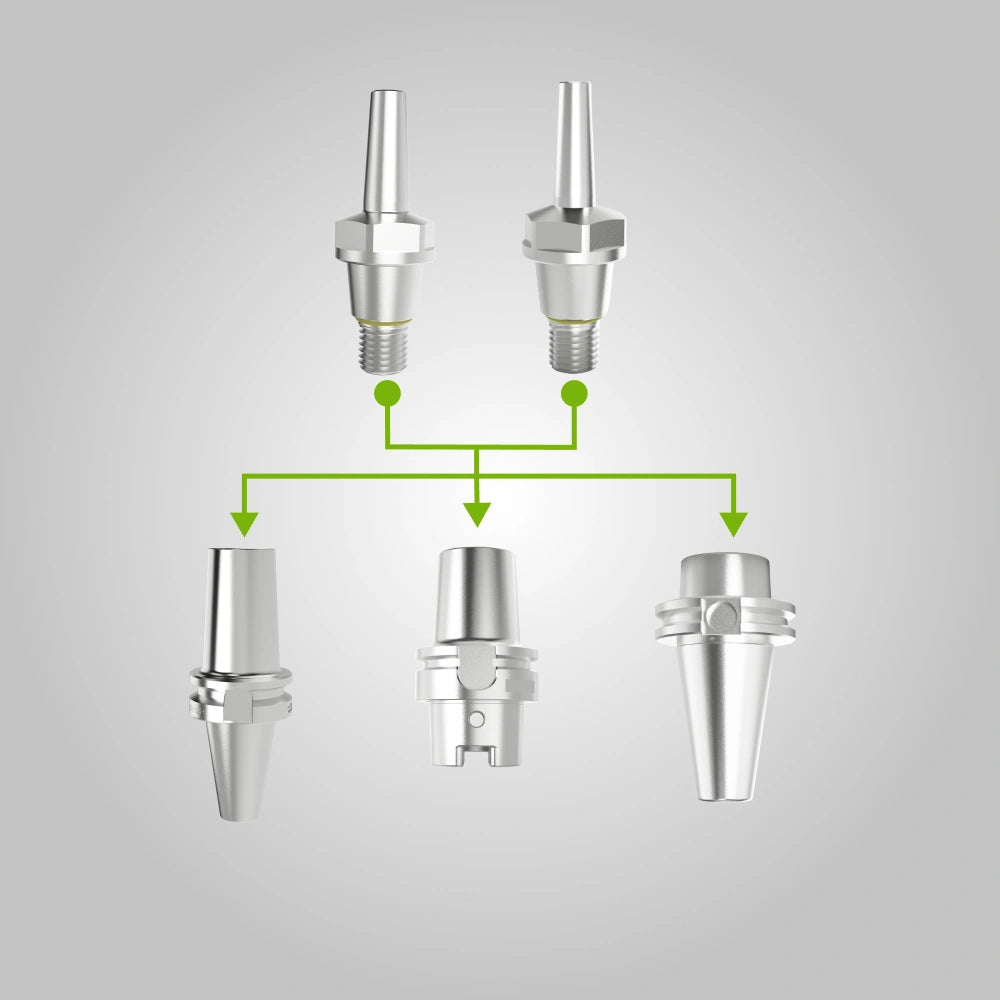
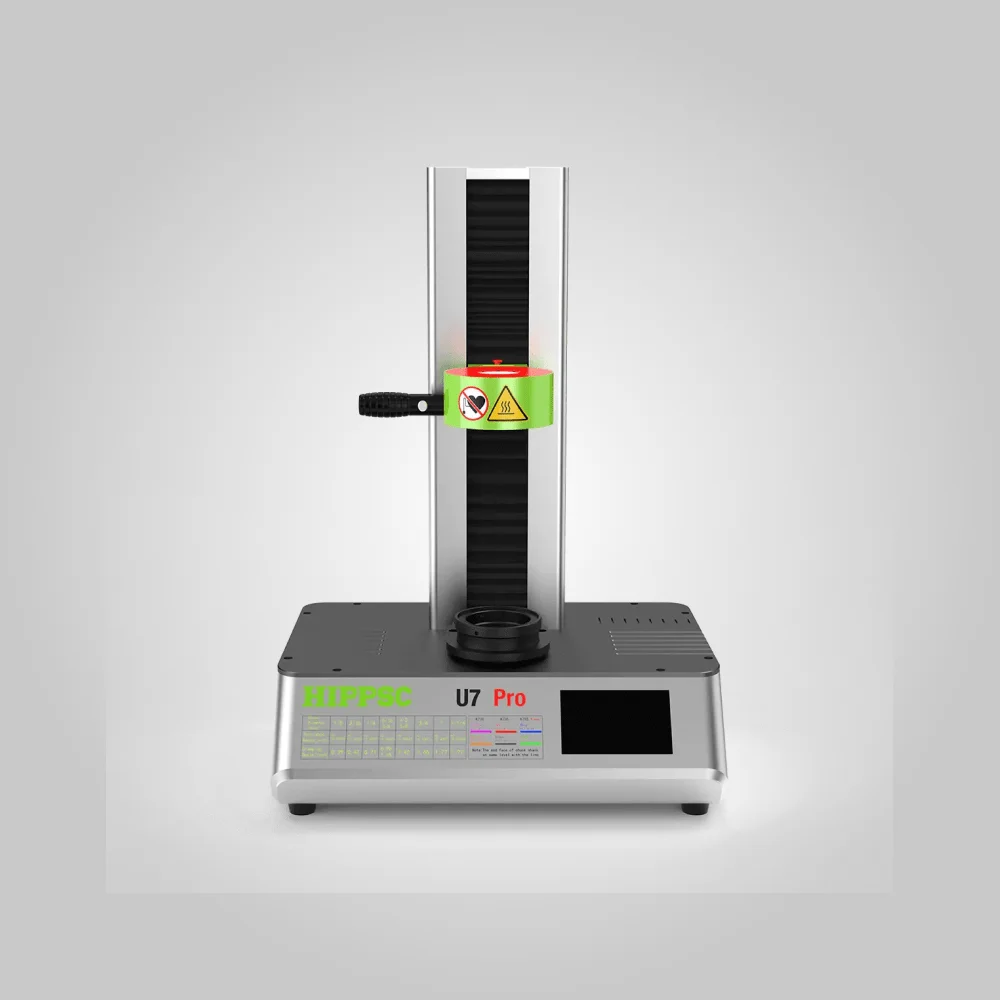
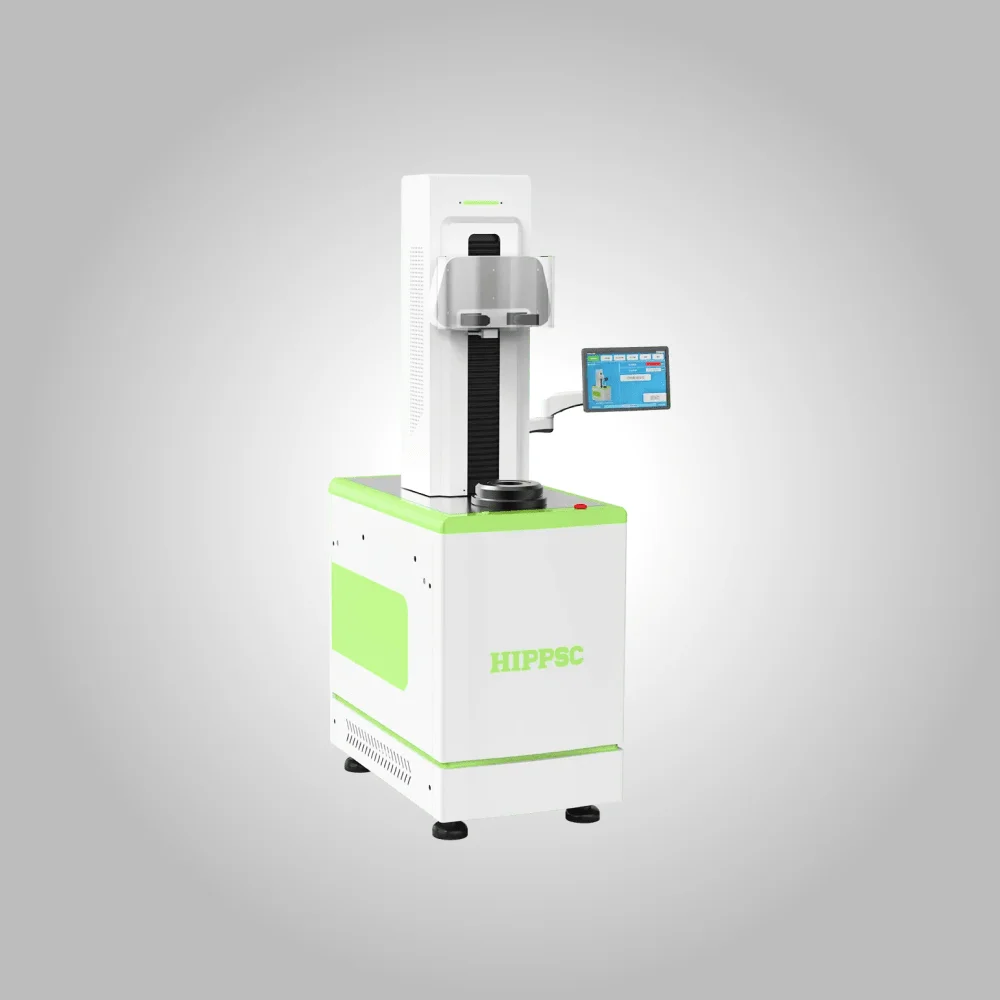
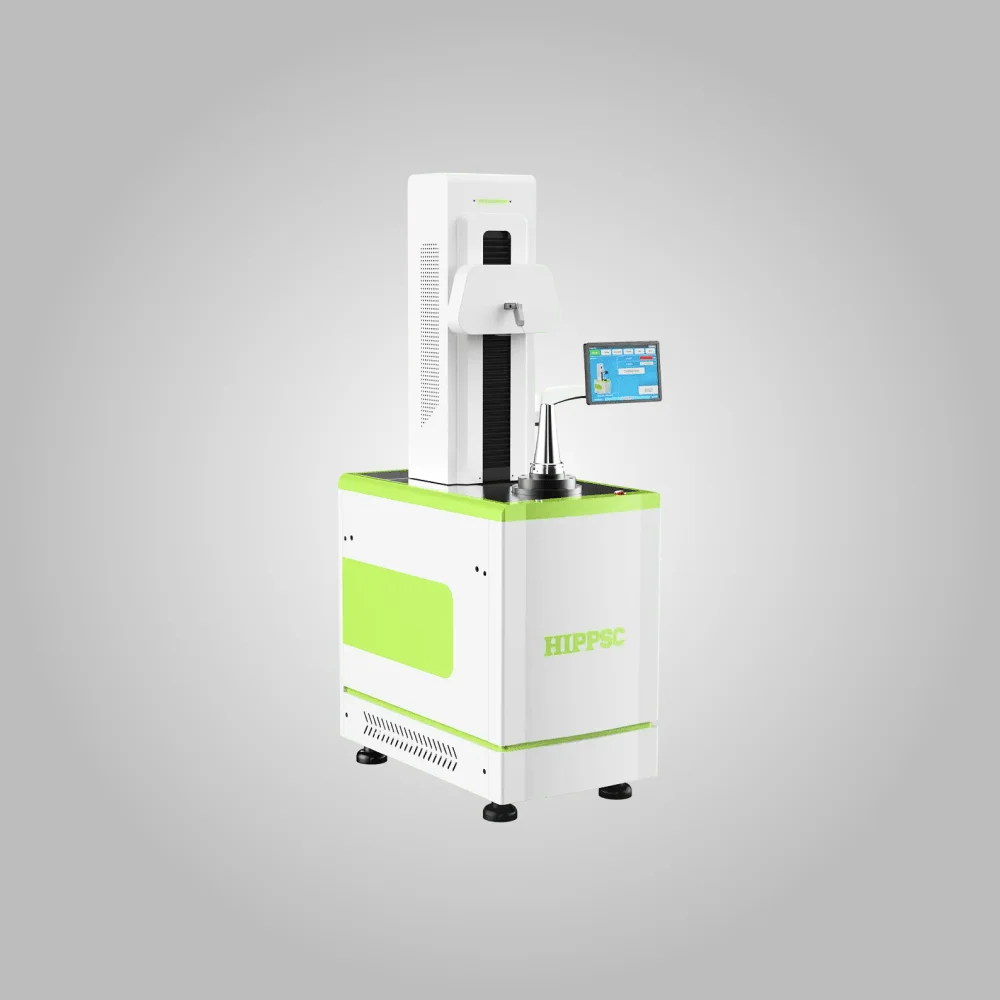
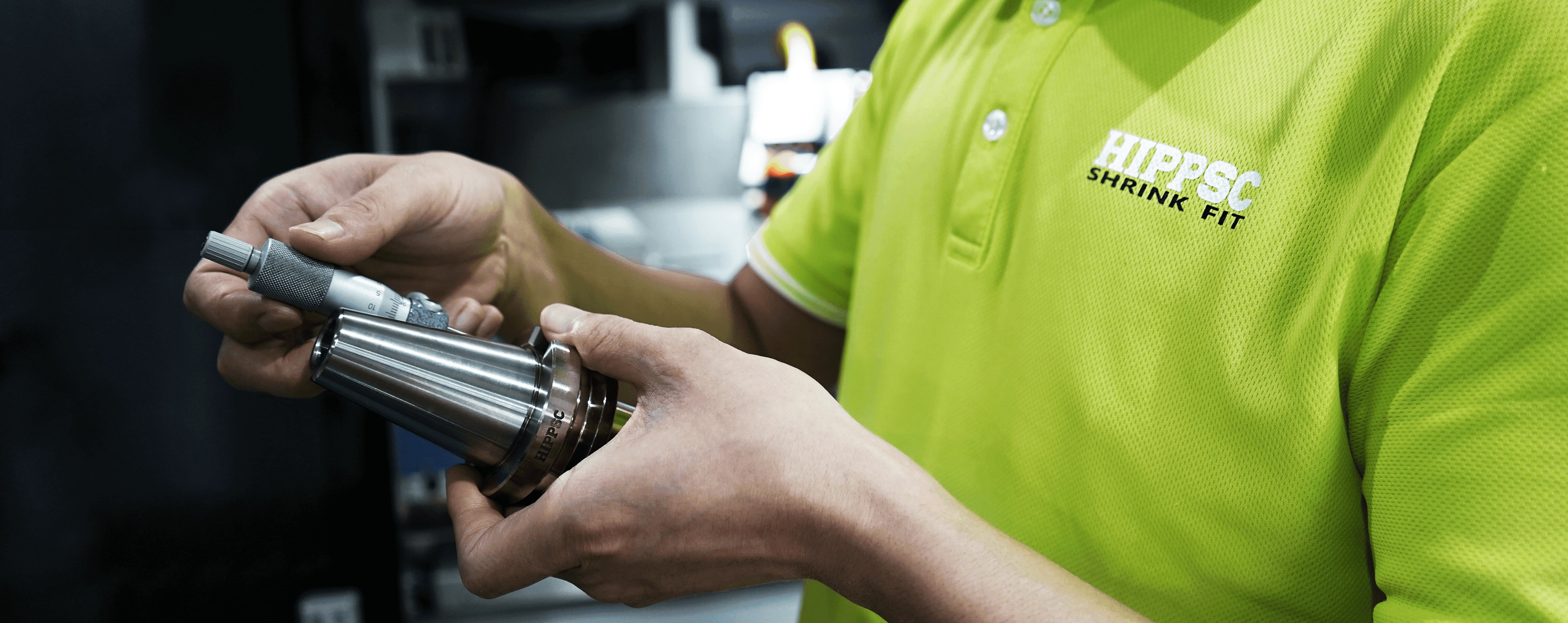
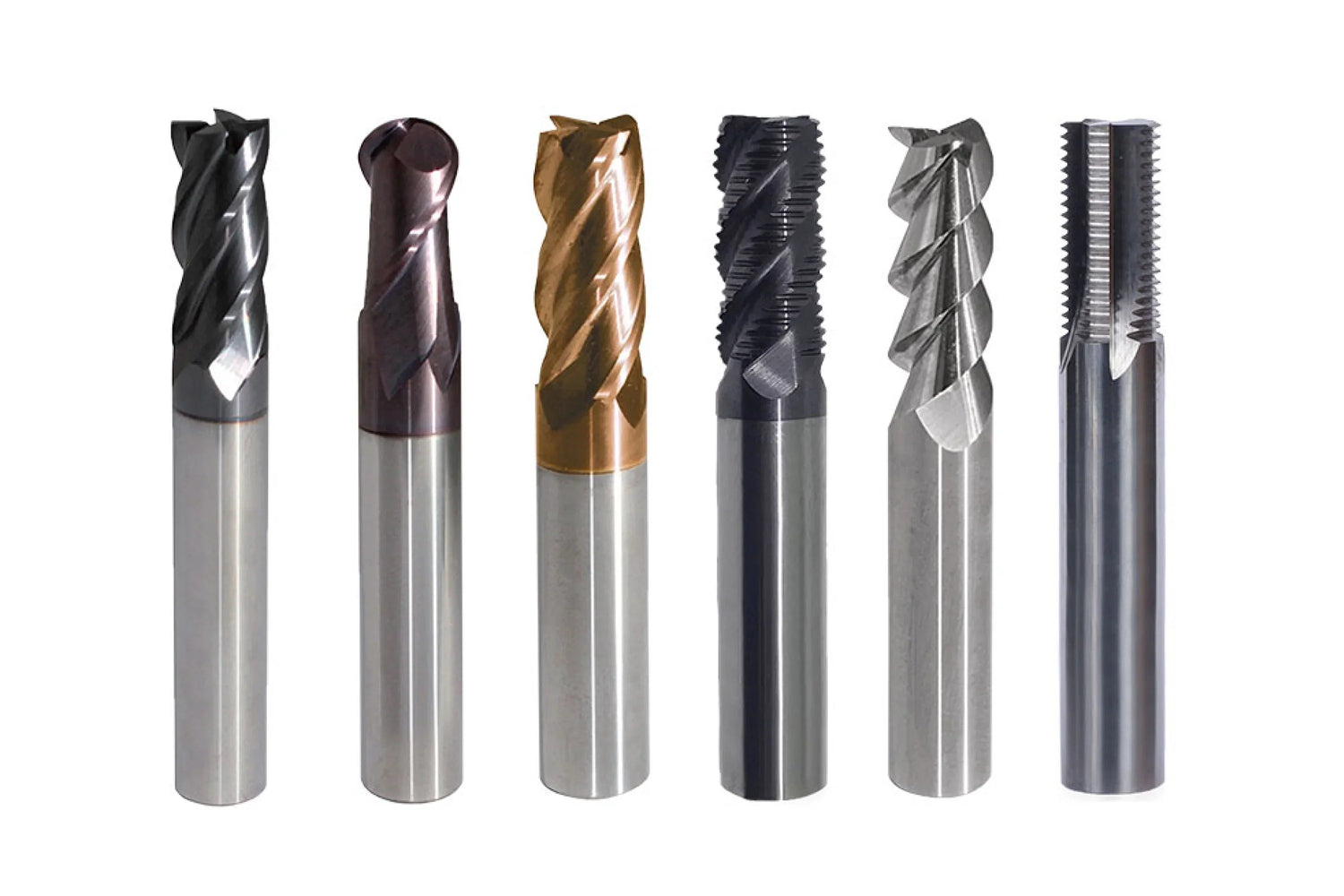

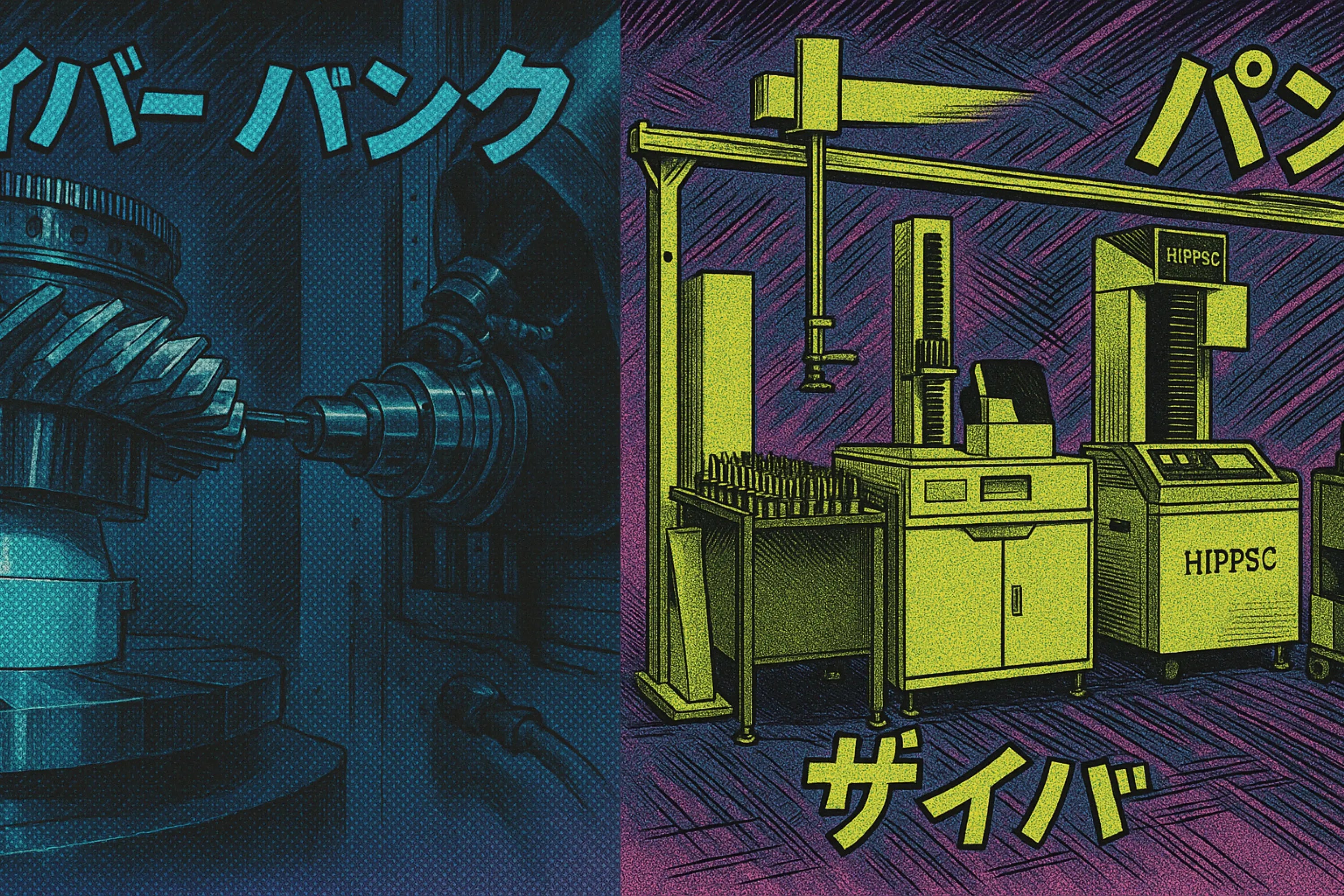
Leave a comment
All comments are moderated before being published.
This site is protected by hCaptcha and the hCaptcha Privacy Policy and Terms of Service apply.